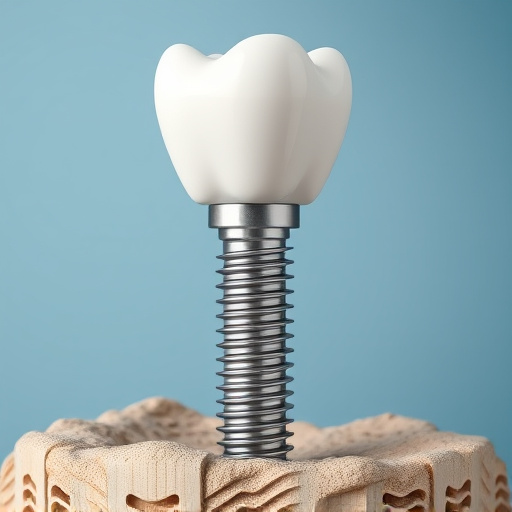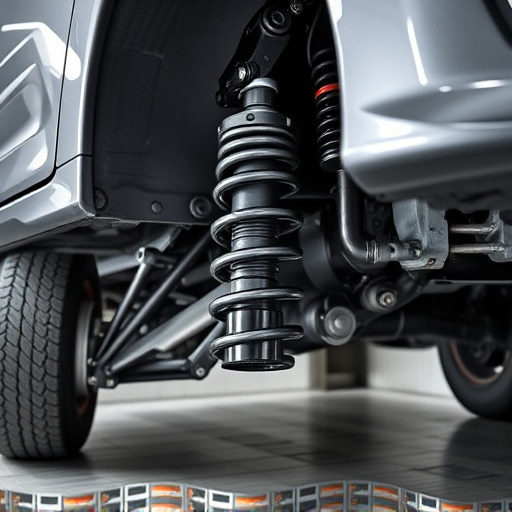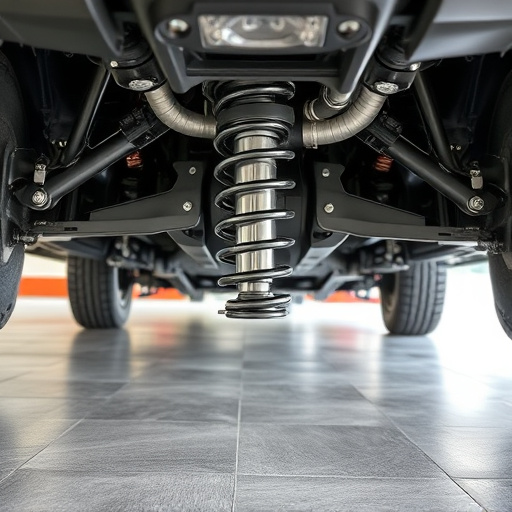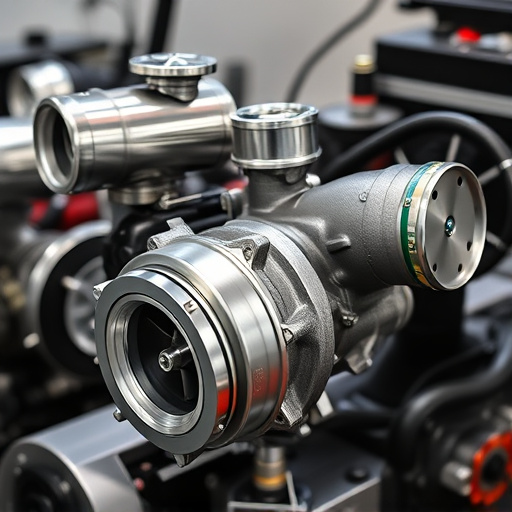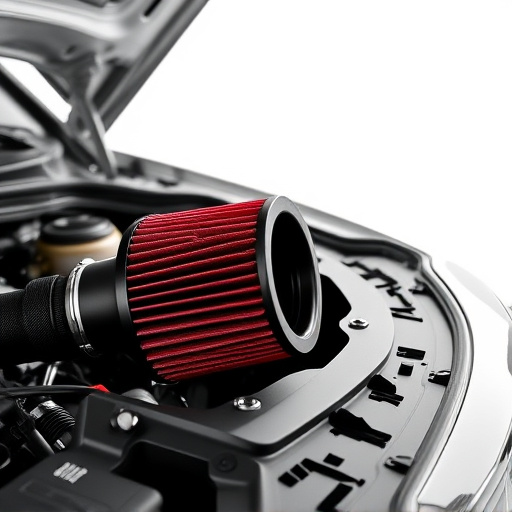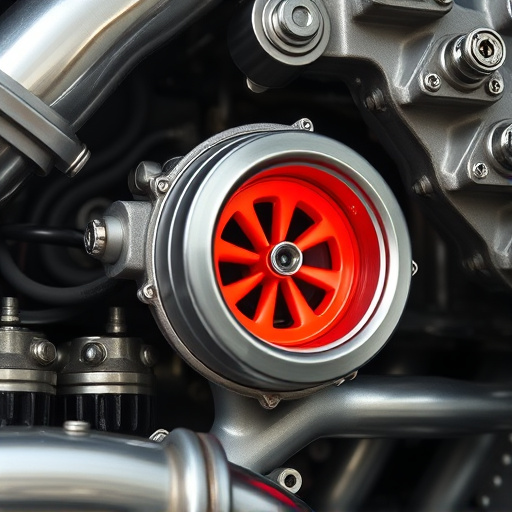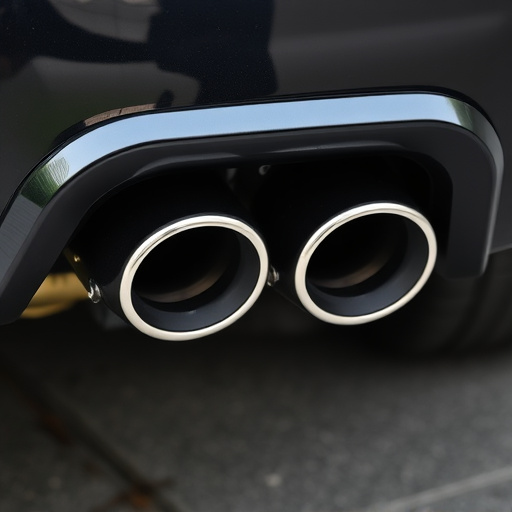A turbocharger system boosts engine power and efficiency through forced air induction using a centrifugal compressor driven by exhaust gas energy. Key components include intake/exhaust systems and an ECU for optimal performance across varying loads and altitudes. Regular maintenance ensures longevity and continued benefits of increased power and fuel efficiency.
Unravel the secrets behind turbocharger systems and their pivotal role in enhancing engine performance. This comprehensive guide delves into the intricate workings of these power boosters, shedding light on their key components and exceptional ability to increase engine power efficiently. From boosting efficiency to delivering superior torque, discover how turbochargers revolutionize automotive technology. Additionally, explore maintenance tips to ensure optimal performance and longevity of this critical system.
- Components of a Turbocharger System
- How Turbochargers Increase Engine Power
- Advantages and Maintenance Tips
Components of a Turbocharger System
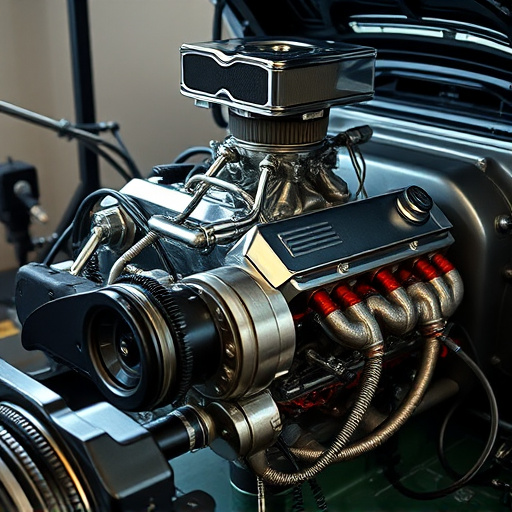
A turbocharger system is a complex assembly of components designed to boost an engine’s power and efficiency. At its core, it consists of several key parts. The turbocharger itself is a centrifugal compressor that forces more air into the engine than what would be possible under normal atmospheric conditions. This increased airflow results in enhanced combustion and, consequently, more power. Power from the engine drives the turbo through a belt or shaft, setting the entire system in motion.
Associated with the turbocharger are various high-performance parts, such as intake components designed for optimal air flow and exhaust mufflers that reduce noise while ensuring efficient gas expulsion. These components work in harmony to create a powerful and responsive engine. The intricate interplay between the turbocharger, its supporting hardware, and other automotive systems makes it a game-changer in vehicle performance, especially when custom-tuned for specific applications.
How Turbochargers Increase Engine Power
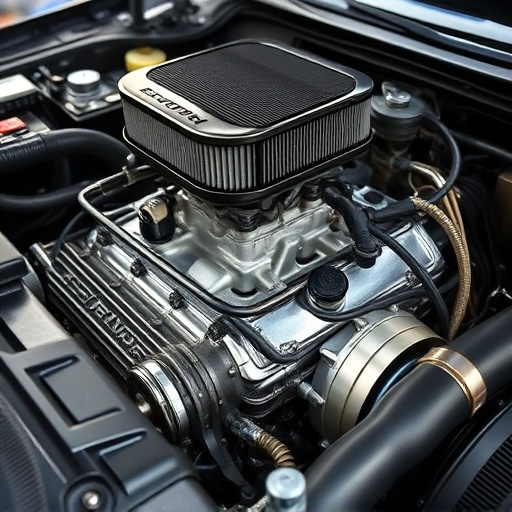
Turbochargers significantly boost the power output of an engine by forcing more air into it. Unlike superchargers that use an electric motor to compress air, turbochargers harness exhaust gas energy from the engine’s own operation. A turbine within the turbocharger spins as hot exhaust gases pass through it, generating power which is used to drive a compressor. This compressor draws in and compresses cold air from the atmosphere, increasing its density and volume before it enters the engine. The result is a greater mass of air available for combustion, leading to more power and torque.
This forced induction system is particularly effective in improving engine performance because it provides a constant supply of compressed air, even under varying load conditions. Unlike natural aspiration engines that struggle with power delivery at higher altitudes or when demanding more power, turbocharged engines maintain their efficiency and output across a wider range. Additionally, modern turbocharger systems often incorporate advanced technologies like variable geometry turbos (VGT) and electronic control units (ECUs) to optimize performance further, ensuring smoother power delivery and improved fuel efficiency.
Advantages and Maintenance Tips
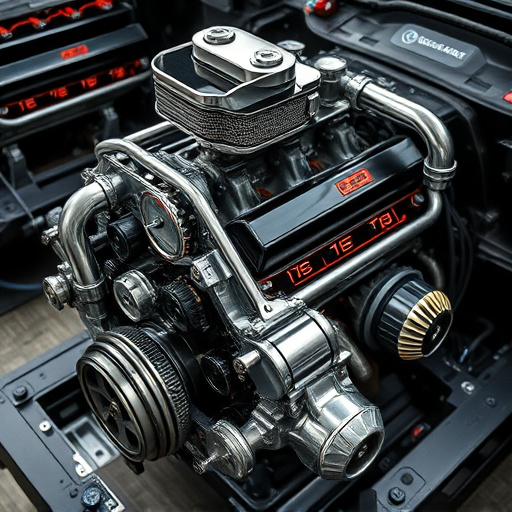
The turbocharger system offers several significant advantages that enhance vehicle performance. One of its key benefits is improved engine power and torque, allowing for a more responsive and faster acceleration experience. This is particularly evident in modern cars where fuel efficiency and reduced emissions are prioritized; the turbocharger balances these factors by increasing the engine’s output while maintaining optimal combustion. Moreover, it contributes to better fuel economy by compressing air in the intake system, enabling the engine to use less fuel to produce the same amount of power.
Regular maintenance is crucial for keeping a turbocharger system running smoothly. This includes periodic checks and replacements of essential components such as the oil and filter. Maintaining clean air intake systems is vital to ensure optimal performance; any contamination or restriction in the airflow can negatively impact the turbo’s operation. Additionally, keeping an eye on the health of intake components and performance brakes is important, as these parts play a critical role in the overall efficiency and longevity of the entire setup. Regular services and timely repairs can prevent more significant issues and ensure your vehicle continues to benefit from the enhanced power and efficiency provided by the turbocharger system.
A turbocharger system is a complex yet powerful component that significantly enhances engine performance. By compressing intake air, it allows engines to produce more power efficiently, making it a popular choice for both automotive enthusiasts and manufacturers. Understanding the intricate workings of this system, from its components to maintenance, is key to unlocking its full potential and ensuring optimal engine health.







